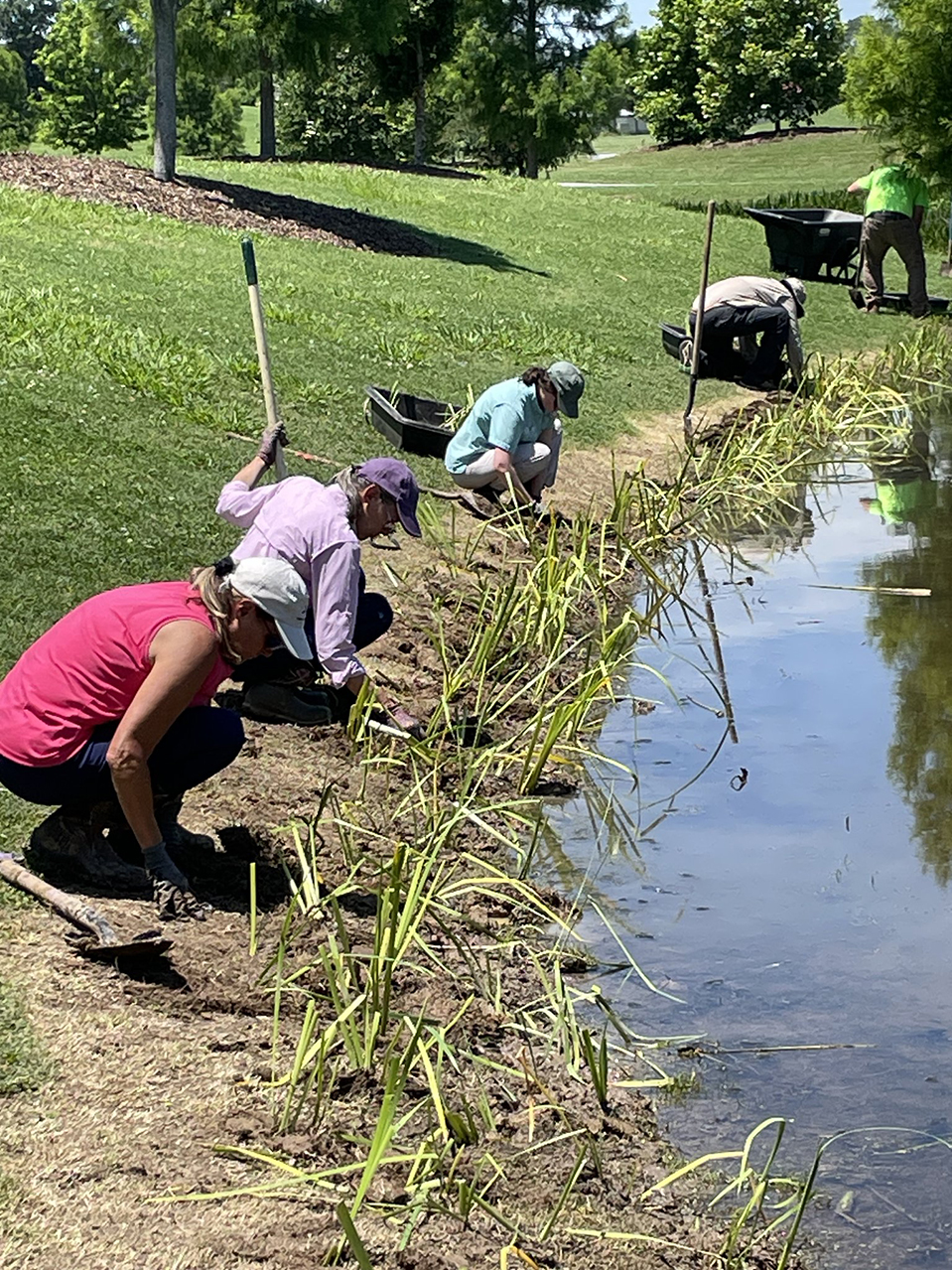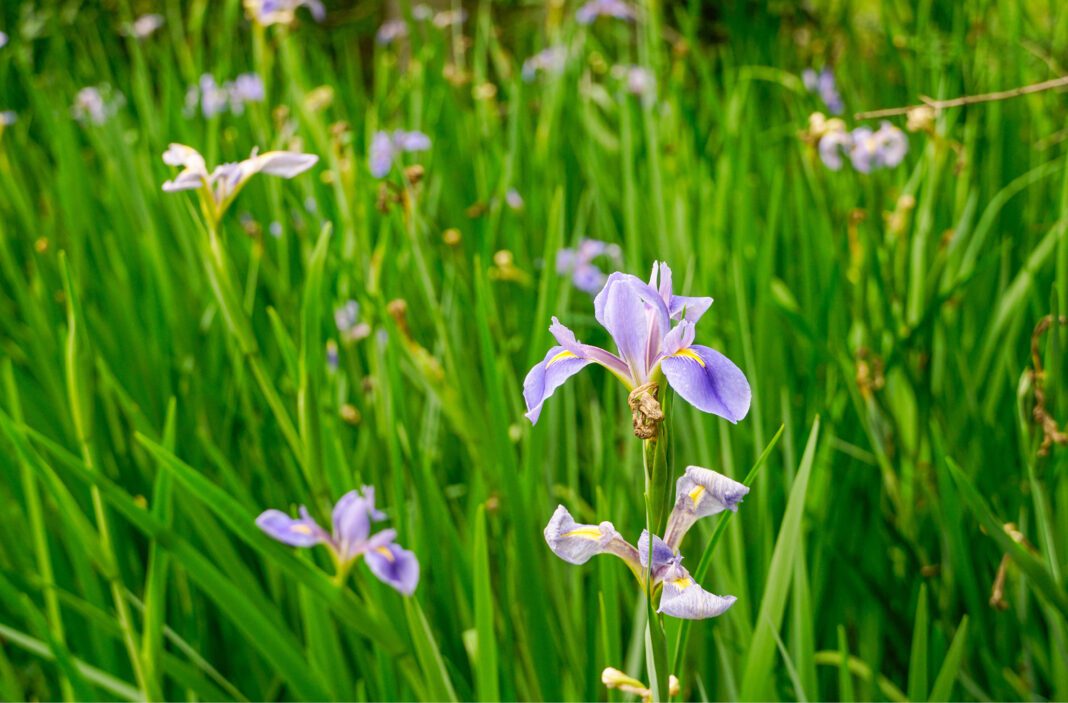Giving Back: Louisiana Iris Conservation Initiative
Many make the mistake of thinking that it’s too late in life to make a difference in the world, but 70-year-old Gary Salathe found his passion—and reconnected with his parents’ passion—when he began the Louisiana Iris Conservation Initiative in 2020. By working to save the famed Louisiana iris, he’s not only bringing awareness to the threatened species and preserving an important piece of regional horticulture, but also working to help protect and conserve the Louisiana wetlands.
Since starting the nonprofit, Salathe estimates that he’s saved and relocated about 62,000 Louisiana irises. Acting as a facilitator, he rescues and relocates the plants with the help of volunteers.
“It satisfies my gardening bug, but in a way I never had imagined,” he explains. “Instead of gardening in a yard for personal pleasure, it’s gardening for a purpose—to restore a threatened native plant.”
Being an outdoorsman his whole life, Salathe has personally seen the changes in the Louisiana swamps and marshes due in part to the loss of iris plants throughout the state since they work as a wall stopping storm surge.
“I’ve met many people doing important things to preserve our wetlands, and I’m just happy to be a part of it and get the public involved,” he says, explaining how encouraging it is to witness the substantial number of young people volunteering. “A lot of these kids are college-aged, and they are on the ball, hardworking and serious about making real change.”

Not only is he getting people of all ages—and from across the state—involved, but he’s also bringing tourism to small towns that have seen a decline in recent years. “When we relocate the irises, we let the public know when they’ll bloom so they can go out and see it,” Salathe explains.
Growing up, his mother brought him to the outskirts of New Orleans each spring to see the wild irises, which he recalls as a fond childhood memory. “We’re recreating what used to be,” he says. “And now people are coming out in swarms to see them bloom.”
The Louisiana iris has a rich history, with New Orleans previously being surrounded by swamps and ditches all filled with the plant. “As the city developed, those plants began to disappear,” he says. “And when a storm comes through, it brings saltwater, which knocks everything back, reducing the numbers.”
Through his work, Salathe has found that groups across the state want to get involved with the cause and bring awareness to the threatened plant species. Recently, he was contacted by a group in New Iberia wanting to put on the first-ever iris festival, calling it the Bayou Teche Native Louisiana Iris Festival, set to take place in March 2025. “It’s going to be more of an educational festival, specifically to raise awareness about the threat against the species,” Salathe says, noting that ecotourism is a big draw for smaller cities like New Iberia.
Salathe and the rest of the Louisiana Iris Conservation Initiative volunteers show no sign of slowing down in their commitment to preserving the wetlands and the threatened iris plant. And at the same time, through their work they’re also assisting the Bayou State and the many cities typically overlooked by tourists. Receiving help from a multitude of groups with a large base of membership, they’re able to accomplish what they set out to do, one iris at a time. “I’m just excited to be a part of this, and getting the public involved in something they might not have previously known about,” Salathe says.












